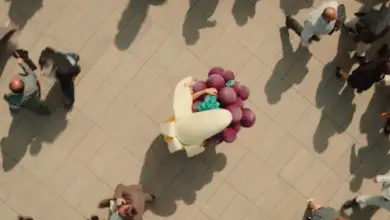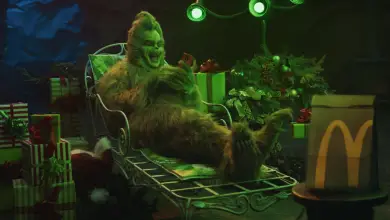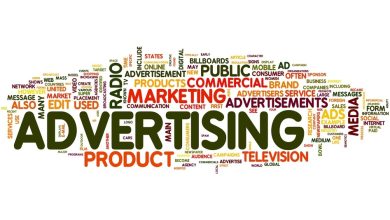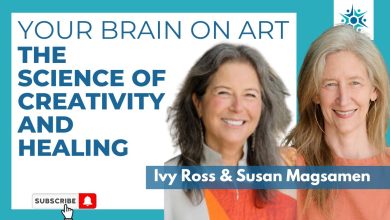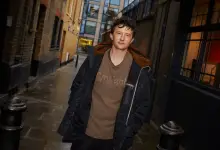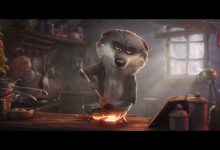BMB’s Laurent Simon: how brands are rewriting Y2K nostalgia for Gens Z and A
Topshop returned to the high street, Freakier Friday and The Naked Gun drew people to the cinema, and Oasis was the soundtrack of the summer. It is 2025, but a few years after pop culture first caught the millennium bug, the Y2K nostalgia trend does not appear to be on its way out. On the contrary, it is stronger than ever.
One might argue that it’s hanging on for good reason. With Gen Z and Gen A continuing to be obsessed with all things Y2K, it’s no wonder that brands across all categories are still tapping into nostalgia as a powerful tool to reach and connect with younger audiences.
After all, they have the ability and the opportunity to appeal to Millennials and older generations who were there for the first time around and to younger audiences experiencing it all for the first time in one fell swoop.
But relying too much on nostalgia is a risky business and can make your brand’s messaging seem outdated and old-fashioned. While looking to the past for inspiration has been proven to be effective, more powerful tools are needed when it comes to actually engaging with Gen Z and Gen A.
While ‘newstalgia’ isn’t a brand new concept, it is growing more and more important the longer the nostalgia trend continues. Because after years of brands and the entertainment industry leaning heavily on the audience’s collective yearning for the past, people are craving creative that feels original and fresh.
The key ingredient to making newstalgia successful is just that: something new and innovative that brings the narrative forward, combined with engaging storytelling that speaks to the brand’s heritage.
One brand that has recently succeeded with this is fashion retailer Gap. Its autumn campaign “Better in Denim” takes the form of a music video set to the 2003 anthem “Milkshake” by Kelis and starring global girl group Katseye.
While a critic could argue that it is perhaps light on the storytelling side, it does speak to Gen Z and Gen A in a way that some other nostalgic ads have failed to do. The ad is a choreographed throwback to a time when Gap was at its best, but with a modern twist.
Tapping into Katseye and their 11 million followers on TikTok is a great investment, which also serves to bring a diverse cast to the fore. It further inspires viewers to learn the dance, which in turn drives up views. In fact, Gap CEO Richard Dickson has said that the ad generated 20 million views in its first three days and 400 million views in total (as of 29 August), which is more than the brand’s last four campaigns combined.
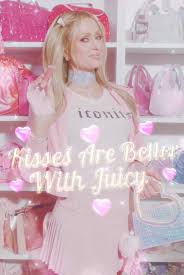 We don’t need to look far to find a brand that is using storytelling to make Y2K nostalgia hit the spot. Beauty brand Lancôme recently celebrated 25 years of Juicy Tubes by enlisting a variety of celebrities, including Paris Hilton, Rachel Bilson and Kelly Rowland, to reminisce about the Y2K era and share their memories of the lip gloss in a social media campaign.
We don’t need to look far to find a brand that is using storytelling to make Y2K nostalgia hit the spot. Beauty brand Lancôme recently celebrated 25 years of Juicy Tubes by enlisting a variety of celebrities, including Paris Hilton, Rachel Bilson and Kelly Rowland, to reminisce about the Y2K era and share their memories of the lip gloss in a social media campaign.
Speaking of innovation, Boy Smells is an example of a brand that is tapping into its creativity by putting a fresh twist on nostalgia. The fragrance brand recently partnered with Y2K fashion dolls Bratz to create the world’s first doll skin musk, a scent that is designed to be reminiscent of the experience of opening a new Bratz doll box.
As creatives there are a lot of fun things we can do with nostalgia, but we mustn’t forget to bring our work into the era we actually live in. If we fail to innovate and connect with our audiences through storytelling, we risk causing them to lose interest.
 Laurent Simon is CCO of BMB.
Laurent Simon is CCO of BMB.




